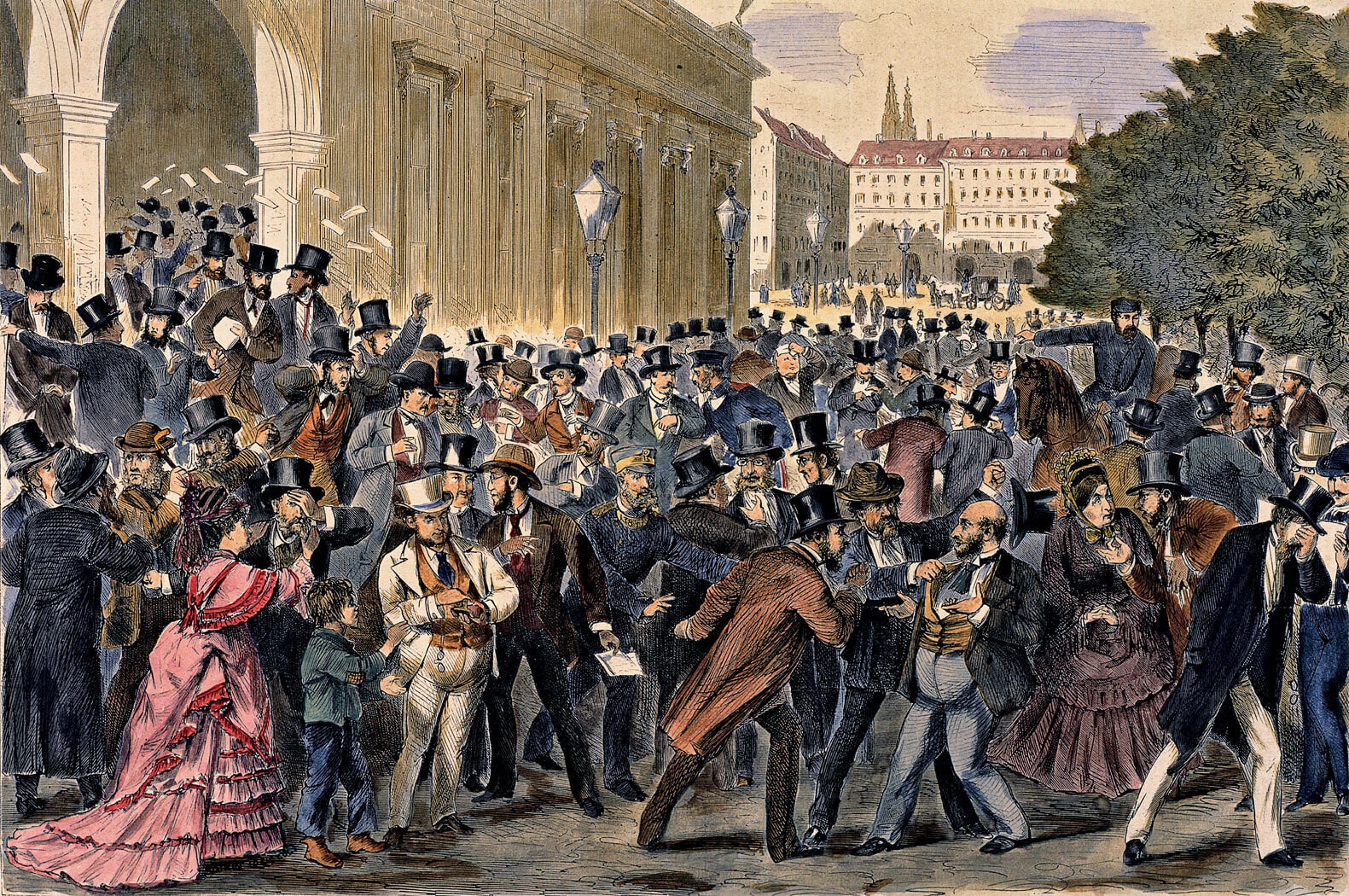France wants to rebuild Notre-Dame in just 5 years. Here’s how new technology can help

Over $835 million has been pledged to help rebuild the cathedral.
Image: REUTERS/Gonzalo Fuentes
Stay up to date:
France
It was almost 200 years in the making and was the tallest building in Paris for more than 500 years. But in the space of a few hours, fire ripped through historic Notre-Dame Cathedral leaving it in need of extensive - and expensive - repair.

Securing the funds soon became the least of everyone’s worries; within 10 days of the fire, donations toward repairing Notre-Dame had reached $835 million – considerably more than the work may actually cost.
But French president Emmanuel Macron has promised to restore the Parisian icon to its former glory – “more beautiful than before” – within just five years. That’s a major undertaking and will call for a huge amount of innovative work to be done at great speed, short-cutting processes that the original artisan builders took generations to complete.
Accept our marketing cookies to access this content.
These cookies are currently disabled in your browser.
New tools to rebuild the past
The cathedral’s wooden roof was perhaps the largest victim of the fire, which broke out at just before 7pm on 16 April. Another was the spire, which was added during a renovation that took place in the mid/late 19th century, under the guidance of architect Eugène Emmanuel Viollet-le-Duc.
Purists looking at the damage done to Notre-Dame may think that repair and restoration work ought to pay homage to the original materials and techniques used. But the French government is inviting architects to submit plans for a redesigned spire.
Prime Minister Edouard Philippe said: "The international contest will settle the question of whether we should build a new spire, whether we should rebuild the spire that was designed and built by Viollet-Le-Duc, in identical fashion, or whether we should ... endow Notre-Dame cathedral with a new spire adapted to the techniques and the challenges of our era."
One thing is certain though. Any attempt to restore Notre-Dame within such a short time will have to be driven by technology like laser scanning and 3D printing. New York architecture firm EDG uses 3D printing techniques in the restoration of ornate structures and older buildings. Using detailed scans and moulds, EDG generates highly accurate 3D-printed plastic moulds containing reinforcing wires, which are filled with a concrete solution to produce an exact match in a fraction of the time of traditional building techniques. It’s also substantially cheaper.
A lifeline for restoration
Precision scanning involves projecting a series of patterns on to the surface of an object with lasers. These patterns are monitored and recorded by a calibrated 3D sensor head made up of two cameras. This creates a detailed, rendered image of the scanned surface. In New York, it has allowed EDG to carry out restorations that have resurrected buildings that had been slated for demolition due to the high costs of repair.
“This project began with the simple goal of finding a way to salvage and restore many of the deteriorating architectural treasures in New York City, and around the world. The innate beauty and rich history of these gems were vanishing as the cost of their repair became progressively prohibitive,” EDG’s founder John Meyer says.
The French architect Jean-Michel Wilmotte has handled high-profile restoration and new-build projects in Paris, and is an advocate of using modern techniques and technology. Furthermore, he thinks a straight like-for-like replacement of the spire designed by Viollet-Le-Duc would be a grotesque pastiche. For him, the challenge is to use the tools available in the 21st century to recreate the stature and status of Notre-Dame, not to become concerned with a faithful reproduction.
“[Instead of wood or lead] I would rather suggest lighter, more industrialized systems," he says. He suggested substituting the original lead roof with a titanium substitute, "which is three times lighter than lead and ... a similar appearance.”
Macron’s bold vision for a completed Notre-Dame project within five years may yet turn out to be overly ambitious. Although the goal of reopening the iconic landmark during the same year that Paris hosts the Olympics may provide the added impetus required. But the likelihood of its success may depend more on the availability of cutting-edge technology and a willingness to use to rebuild an 850-year-old national treasure.
Don't miss any update on this topic
Create a free account and access your personalized content collection with our latest publications and analyses.
License and Republishing
World Economic Forum articles may be republished in accordance with the Creative Commons Attribution-NonCommercial-NoDerivatives 4.0 International Public License, and in accordance with our Terms of Use.
The views expressed in this article are those of the author alone and not the World Economic Forum.
Related topics:
Forum Stories newsletter
Bringing you weekly curated insights and analysis on the global issues that matter.
More on Economic GrowthSee all
Ali Alwaleed Al-Thani and Santiago Banales
July 21, 2025
Juan Caballero and Ana Sampaio
July 18, 2025
John Letzing
July 17, 2025
William Dixon
July 16, 2025
Aengus Collins
July 15, 2025
Guy Miller
July 15, 2025





